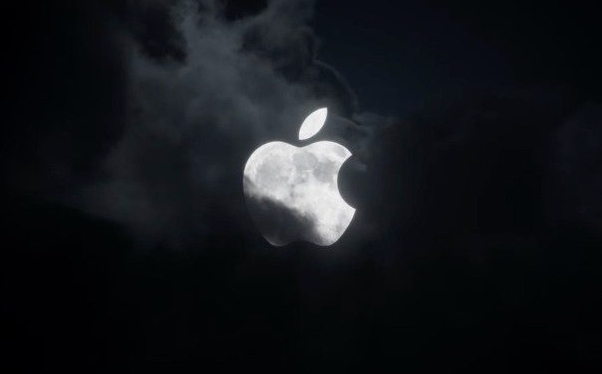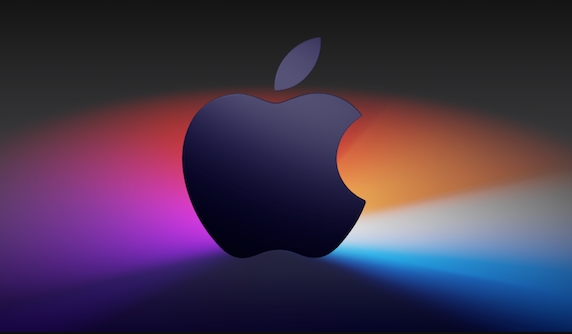 Computer Tutorials
Computer Tutorials
 System Installation
System Installation
 How to boot from a USB to install macOS on an M1/M2 Mac?
How to boot from a USB to install macOS on an M1/M2 Mac?
How to boot from a USB to install macOS on an M1/M2 Mac?
Jul 07, 2025 am 01:19 AMTo boot macOS from a USB on an M1 or M2 Mac, first ensure the USB installer is compatible with Apple Silicon. 1. Create a bootable installer using another Mac and the createinstallmedia command in Terminal. 2. Format the USB drive as Mac OS Extended (Journaled) with a GUID partition scheme and at least 16GB storage. 3. Shut down your Mac, plug in the USB, then press and hold the power button to access startup options. 4. If the USB doesn’t appear, check Secure Virtual Memory settings, try a different port or cable, or use Recovery Mode to troubleshoot. 5. Recreate the installer if necessary.

Booting from a USB to install macOS on an M1 or M2 Mac isn’t quite the same as on Intel-based models. Since Apple Silicon Macs don’t use a traditional BIOS or boot menu, you’ll need to adjust your approach a bit.

Set Up Your Mac for Booting from USB
Before trying to boot from a USB drive, make sure your Mac is ready. First, ensure that the USB installer is compatible with Apple Silicon — it needs to be a properly created macOS installer for ARM architecture (not Intel). Most macOS versions from Big Sur onward support this.

Then, shut down your Mac completely. Once off, plug in your USB drive into a compatible port (USB-C for most M1/M2 Macs). If you're using a dongle or hub, double-check that it’s powered and compatible — some third-party hubs may not power the drive correctly during boot.
Now, press and hold the power button until you see the startup options appear. You should see both your installed system and a removable disk option (your USB drive).

Create a Bootable macOS Installer for Apple Silicon
Creating a working USB installer is crucial. Use another Mac to download the macOS installer from the App Store — make sure it's one that supports Apple Silicon (like Ventura, Sonoma, or Sequoia). Once downloaded, open Terminal and use the createinstallmedia command.
Here’s a basic example:
sudo /Applications/Install\ macOS\ Ventura.app/Contents/Resources/createinstallmedia --volume /Volumes/MyUSB
Replace “Ventura” and “MyUSB” with the actual installer app name and your USB volume name.
Important: Don’t skip formatting the USB drive first. It should be formatted as Mac OS Extended (Journaled) and use a GUID partition scheme. Also, make sure the USB stick has at least 16GB of storage — 32GB is safer if you’re installing multiple tools or packages alongside the OS.
What to Do If the USB Doesn’t Show Up
Sometimes the USB won’t show up in the startup manager. Here are a few common fixes:
- Check Secure Virtual Memory settings: Go to System Settings > Startup Disk > click the lock icon and enable "Allow booting from external media." This setting might be turned off by default.
- Try a different port or cable: Some USB-C ports or cables may not work well for booting. Try switching ports or using a known-good cable.
- Use Recovery Mode to troubleshoot: Hold the power button until the startup options appear, then choose Options to enter Recovery. From there, you can check disk utilities or re-enable external booting.
If none of those work, try recreating the installer — sometimes even a small error during creation can prevent it from being recognized.
That’s basically all you need to know to boot from USB on an M1 or M2 Mac. It’s not overly complicated once you’ve got the right installer and hardware setup. Just remember that Apple Silicon handles things differently, so always double-check compatibility and settings before you start.
The above is the detailed content of How to boot from a USB to install macOS on an M1/M2 Mac?. For more information, please follow other related articles on the PHP Chinese website!

Hot AI Tools

Undress AI Tool
Undress images for free

Undresser.AI Undress
AI-powered app for creating realistic nude photos

AI Clothes Remover
Online AI tool for removing clothes from photos.

Clothoff.io
AI clothes remover

Video Face Swap
Swap faces in any video effortlessly with our completely free AI face swap tool!

Hot Article

Hot Tools

Notepad++7.3.1
Easy-to-use and free code editor

SublimeText3 Chinese version
Chinese version, very easy to use

Zend Studio 13.0.1
Powerful PHP integrated development environment

Dreamweaver CS6
Visual web development tools

SublimeText3 Mac version
God-level code editing software (SublimeText3)

Hot Topics
 How to handle high DPI display in C?
Apr 28, 2025 pm 09:57 PM
How to handle high DPI display in C?
Apr 28, 2025 pm 09:57 PM
Handling high DPI display in C can be achieved through the following steps: 1) Understand DPI and scaling, use the operating system API to obtain DPI information and adjust the graphics output; 2) Handle cross-platform compatibility, use cross-platform graphics libraries such as SDL or Qt; 3) Perform performance optimization, improve performance through cache, hardware acceleration, and dynamic adjustment of the details level; 4) Solve common problems, such as blurred text and interface elements are too small, and solve by correctly applying DPI scaling.
 How to uninstall MySQL and clean residual files
Apr 29, 2025 pm 04:03 PM
How to uninstall MySQL and clean residual files
Apr 29, 2025 pm 04:03 PM
To safely and thoroughly uninstall MySQL and clean all residual files, follow the following steps: 1. Stop MySQL service; 2. Uninstall MySQL packages; 3. Clean configuration files and data directories; 4. Verify that the uninstallation is thorough.
 macOS: System Architecture and Core Components
Apr 28, 2025 am 12:05 AM
macOS: System Architecture and Core Components
Apr 28, 2025 am 12:05 AM
The system architecture of macOS includes hardware abstraction layer, XNU core, I/OKit, core services and Aqua user interface. Core components include the startup process, the APFS file system, and SystemIntegrityProtection. Performance optimization and best practices involve hardware configuration, software setup, and development skills.
 Detailed explanation of the installation steps of MySQL on macOS system
Apr 29, 2025 pm 03:36 PM
Detailed explanation of the installation steps of MySQL on macOS system
Apr 29, 2025 pm 03:36 PM
Installing MySQL on macOS can be achieved through the following steps: 1. Install Homebrew, using the command /bin/bash-c"$(curl-fsSLhttps://raw.githubusercontent.com/Homebrew/install/HEAD/install.sh)". 2. Update Homebrew and use brewupdate. 3. Install MySQL and use brewinstallmysql. 4. Start MySQL service and use brewservicesstartmysql. After installation, you can use mysql-u
 laravel installation code
Apr 18, 2025 pm 12:30 PM
laravel installation code
Apr 18, 2025 pm 12:30 PM
To install Laravel, follow these steps in sequence: Install Composer (for macOS/Linux and Windows) Install Laravel Installer Create a new project Start Service Access Application (URL: http://127.0.0.1:8000) Set up the database connection (if required)
 macOS and Linux: Compatibility and User Experience
Apr 30, 2025 am 12:05 AM
macOS and Linux: Compatibility and User Experience
Apr 30, 2025 am 12:05 AM
macOS and Linux have their own advantages in compatibility and user experience. macOS has excellent compatibility within the Apple ecosystem, and the user experience is simple and intuitive; Linux has outstanding hardware compatibility and software flexibility. The user experience varies from distribution to distribution, emphasizing personalization and control.
 How to check the warehouse address of git
Apr 17, 2025 pm 01:54 PM
How to check the warehouse address of git
Apr 17, 2025 pm 01:54 PM
To view the Git repository address, perform the following steps: 1. Open the command line and navigate to the repository directory; 2. Run the "git remote -v" command; 3. View the repository name in the output and its corresponding address.
 What are the cross-platform development environments in C?
Apr 28, 2025 pm 09:24 PM
What are the cross-platform development environments in C?
Apr 28, 2025 pm 09:24 PM
Cross-platform development in C is recommended to use VisualStudioCode, CLion and QtCreator. 1. VisualStudioCode is lightweight and flexible, suitable for multi-platform development, but the initial configuration is more complicated. 2. CLion integrates CMake, suitable for cross-platform projects, but licenses are expensive. 3.QtCreator supports cross-platform development, with built-in Qt library, but the learning curve is steep.





